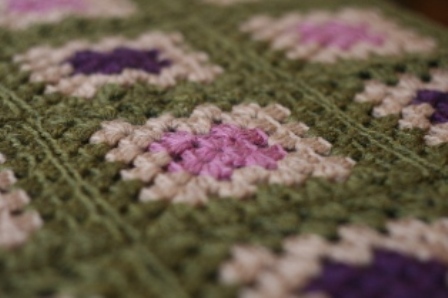Reading is fundamental! Recognizing knit stitches and purl stitches, and learning how to count them makes finding your place much easier.
Information on things you’ll see in this video:
The super big sample I’m using is knit with roving. Similar products can be found here.
The size US 35/19mm needles I’m using are Chiaogoo wood needles.
The sweater I’m wearing (not my design) is called Harvest Moon.
And I knit it with Berroco Blackstone Tweed in color Wintry Mix.
The sweater on the mannequin is my Women’s Zippered Letterman’s Jacket, pattern + video tutorial.

